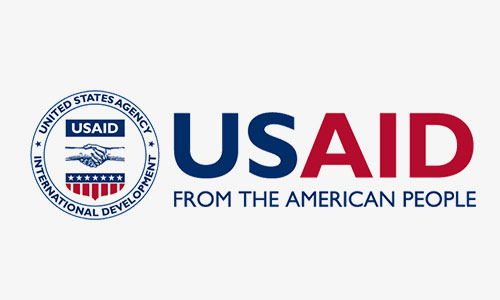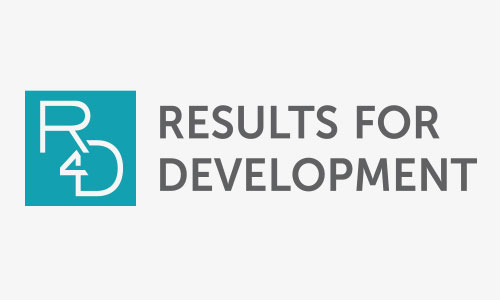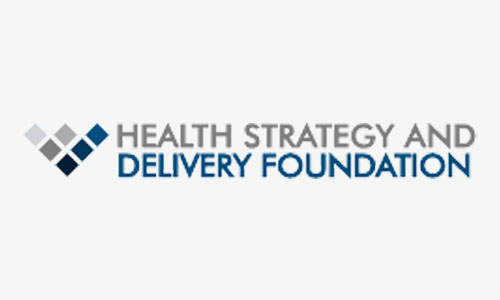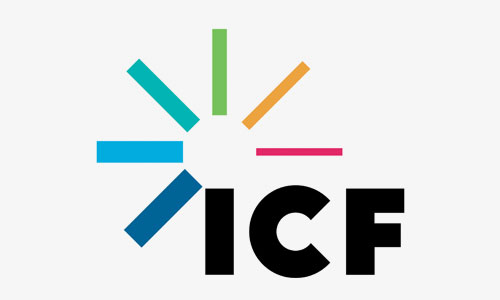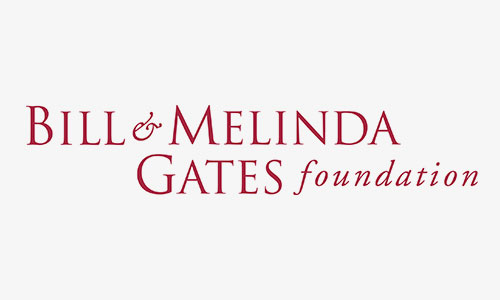Authors: Adeel Ishtiaq, Yewedalem Tesfaye, and Samantha Durdock
Postpartum hemorrhage (PPH), or excessive bleeding after childbirth, is a leading cause of maternal mortality worldwide, affecting 14 million women annually and resulting in about 70,000 deaths. Great strides have been made to enable skilled birth attendants to identify and treat PPH early and effectively—including wave-making results recently from a study of a bundle of treatments called E-MOTIVE. But for the most severe PPH cases, timely, safe, and effective blood transfusion services can make the difference between life and death for a mother. Unfortunately, challenges in the blood systems of many low- and middle-income countries can undermine the provision of such services when they are most needed. To better understand and mitigate these barriers, Results for Development (R4D), under the Health Systems Strengthening Accelerator program, is tasked by the USAID Office of Maternal and Child Health & Nutrition to provide technical assistance in Liberia, Malawi, and Rwanda to help strengthen national safe blood systems and improve access to blood transfusion services.
In mid-2022, R4D joined hands with the USAID Market Access and Innovative Finance (MAIF) program to review national blood systems in all three countries. R4D and a MAIF team deployed the USAID Safe Blood Starter Kit (SBSK) tool—being developed now into a Blood System Self-Assessment under the WHO action framework to advance universal access to blood products—to review practices and issues in the national safe blood systems of Liberia, Malawi, and Rwanda. The partners co-developed a detailed view of challenges and barriers with key stakeholders. They identified the highest priority problems affecting national blood systems in the three settings. Overall, the national blood systems in all three countries share a common mandate to collect, process, and supply safe blood and blood products to health facilities. But they also display variation in blood system maturity, the organization of their blood systems, and the reach or coverage of products supplied, as summarized below:
Liberia
Malawi
Rwanda
Two parallel blood systems:
- Central system through MOH’s National Blood Safety Program (NBSP) dependent on volunteer nonpaid donors; faces severe resource constraints, and as a result collects less than 5% of national blood demand and only reaches 6/13 counties
- Decentralized hospital-based blood banks dependent on family and paid donations; provides +95% of national blood demand, but quality concerns
The Malawi Blood Transfusion Services (MBTS) collects and provides safe blood to health facilities nationally as a semi-autonomous trust affiliated with the MOH:
- Meets about 85% of national demand
- “Donor-to-door” mandate: collects and processes blood & blood products for facilities but does not oversee management and use of these products in facilities, leading to quality challenges
- Relies on ‘cost recovery’ and Global Fund support (75% and 25%, respectively) to fund operations and procure supplies; faces persistent arrears and funding gaps
Blood Transfusion Division (BTD) of the Rwanda Biomedical Center is mandated to provide safe, effective, and adequate blood through a central system:
- BTD meets 98% of the national demand for safe blood products
- BTD comprises five Regional Centers for Blood Transfusion (RCBT) and one Bio-Banking Unit (BBU)
- BTD collected blood from five fixed and 662 mobile collection sites countrywide and serves 88 transfusing public and private health facilities
- BTD relies on the Global Fund for over 60% of annual funding
Across Liberia, Malawi, and Rwanda, although the blood systems differ in their reach, organization, and offerings, they share several major challenges in common:
Coordination with health system stakeholders is a major challenge. Blood services are often disjointed from the many programs that use blood and blood products, e.g., malaria, maternal and child health, oncology, trauma care, and surgery. Further, programmatic concerns about access to safe blood also do not typically feature in the planning and delivery of these disease and health areas, nor are routine data about transfusion services and outcomes collected.
Blood services are critically underfunded. Across all three countries, public resources do not feature as predominant funding sources in any setting, making donor reliance a key vulnerability relating to the funding of blood service operations, commodities (such as reagents to test for the presence of transfusion-transmissible infections and blood bags), and laboratory consumables and equipment. CDC and PEPFAR funding has already receded from supporting the blood system in all three countries, leading many to ask what would happen when the Global Fund reprioritizes. Along with raising greater domestic funding, there is a need to broaden the base of donor support, especially to build longer-term capacity and sustainability of national blood transfusion services (NBTSs).
Sourcing blood from voluntary non-remunerated blood donors (VNRBDs), the WHO recommends, is affected by widespread stigma and lack of awareness. This hampers greater collection and supply of blood. However, progress has been made, as evidenced by the rising levels of blood collection from educational institutions and communities in Rwanda and Malawi and greater recruitment and retention of repeat donors.
Critically for maternal health, health facility-level delivery of transfusion services needs to be better planned, triaged, and stewarded. Even at transfusing facilities, healthcare workers often lack training in proper handling and transfusion of blood, as NBTSs usually do not generally oversee this area. Similarly, emergency stabilization and transportation of patients to transfusing health facilities remain a critical gap that needs more physical resources and training. Finally, transfusion services must be explicitly integrated into maternal and child health care programming and not just taken for granted!
The R4D Health Systems Strengthening Accelerator Safe Blood Activity has co-created technical assistance interventions with the national blood transfusion services in all three countries to help address priority challenges. R4D programs are helping NBTSs with:
Establishing technical working groups and similar forums to engage stakeholders routinely: E.g., a national blood system steering committee in Malawi and technical working groups in Liberia and Rwanda for stakeholder convening, coordination, and cooperation.
Quantification of national blood needs and supplies: E.g., quantification of blood products, supplies, and consumables in Liberia and Malawi to aid the planning of blood collection efforts, resource utilization, and outreach and advocacy.
Stewardship & governance of the national safe blood system and operations: E.g., development of a national safe blood policy & strategy in Liberia, a comprehensive national hemovigilance strategy, and in- and pre-service training materials for healthcare workers in Rwanda.
Resource mobilization strategy and support: E.g., developing a resource mobilization strategy in Liberia and supporting “realistic” (proper or adequate) public sector budgeting for the blood service in Malawi.
Routine and reliable data collection: E.g., development and piloting of clinical and supply chain indicators through national health and logistics information systems in Liberia and Malawi.
Cross-country learning on blood system improvement: E.g., supporting the three countries in learning from each other and together to develop the capacity of key staff and leadership as well as tools and knowledge products on topics such as sustainable funding, quality assurance, recruiting and retaining blood donors, collecting routine data for decision-making, among others.
Maternal health-focused health system planners, technical and funding partners, and implementers and advocates can also support blood system strengthening efforts in countries:
While national blood collection, processing, and supply systems are intended to be centralized, maternal health programs are “key customers“ of the blood system and can strengthen it in several ways. Such as:
Supporting advocacy and engagement to adequately resource the national blood system as a critical component of urgent and emergent clinical care: Health sector budgets should provide funding for blood service operations and supplies and help align donor resources with national priorities.
Mitigating the dependence of national blood services on donors for key equipment and consumables (from blood bags and testing reagents to laboratory items): maternal and child health programs with well-established national supply chains can support the integration of blood service supplies into national procurement and logistics management systems with appropriate capacity building and advocacy.
Alleviating the lack of routine collection of blood management and use data: maternal and child health programs can help to capture more rigorous data routinely on blood transfusions and their outcomes to improve the evidence base on the use and efficacy of blood services in the treatment of key conditions such as PPH and malaria.
Training healthcare workers on blood transfusion guidelines and protocols: national blood services typically do not exercise influence on clinical processes and quality assurance at the health facility level; maternal health and other programs can help fill the gap with trainings and the production and dissemination of job aids, guidelines, and other resources.
Raising awareness and helping to reduce stigma on blood donations: MCH programs can help leverage the community health workforce, health promotion departments, and social and behavior change efforts to improve perceptions about blood donation.
The R4D team hopes that our work in the three countries until mid-2024 will help to produce practical guidance, illuminate entry points, and generate momentum for strengthening national safe blood systems. However, producing meaningful change will require sustained commitment from a broader coalition of health system actors and their global health partners. The team will look forward to spreading the word and sharing updates and results along the way!
